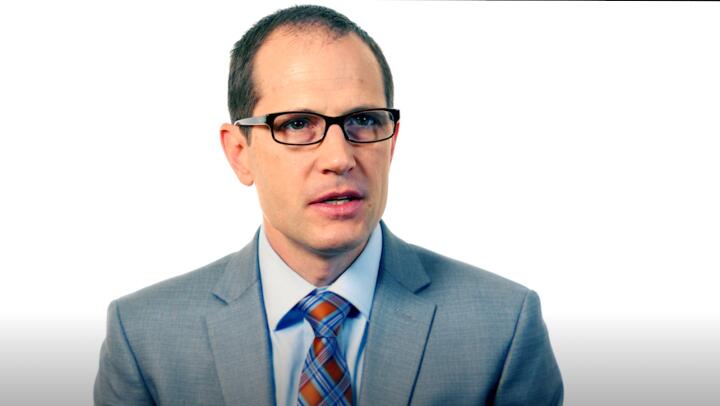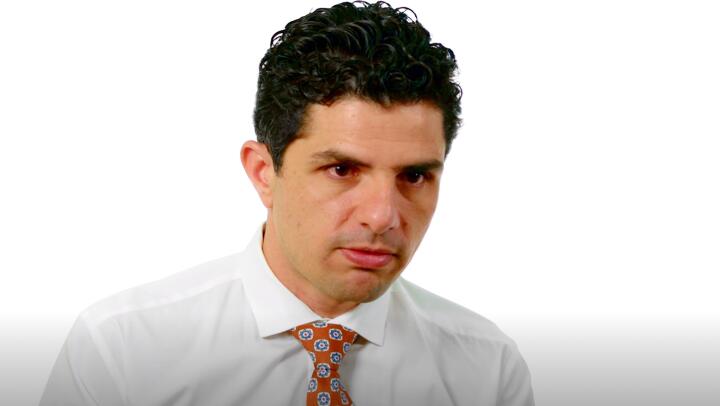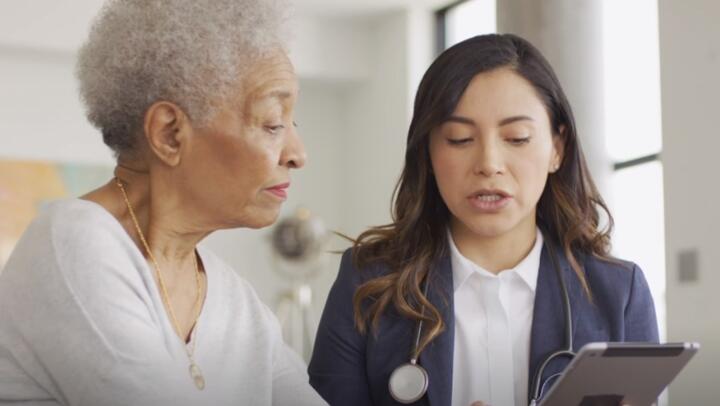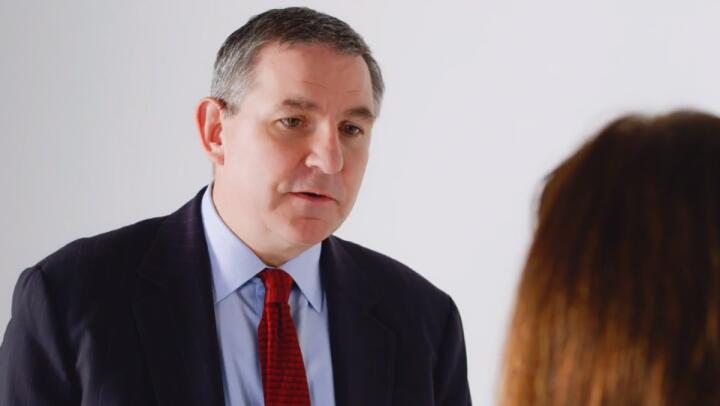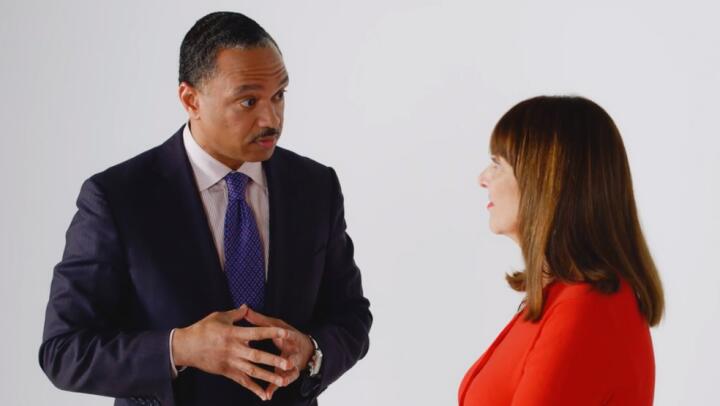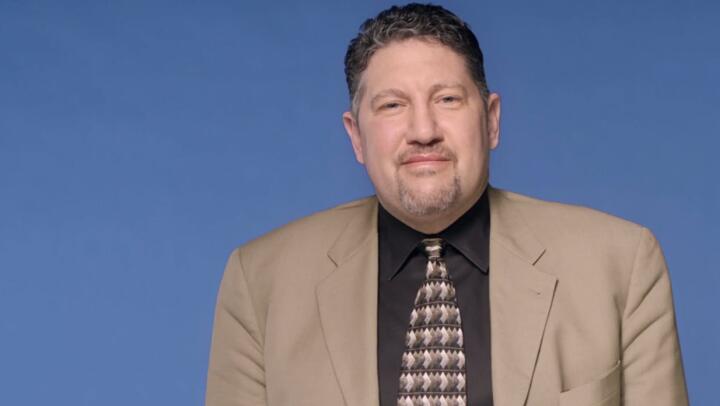Left untreated, a widowmaker heart attack can cause tissue death in minutes. It can also be fatal. This article includes information about what can cause a widowmaker heart attack, related symptoms, and possible treatment.
What is a widowmaker heart attack?

A widowmaker heart attack occurs when there is a blockage of the left anterior descending artery (LAD). The LAD is a major artery that supplies a large amount of oxygenated blood to the heart. When it is compromised, symptoms arise swiftly and severely.
In technical terms, a widowmaker heart attack is a stenosis in the first 1–2 centimeters of the LAD after it branches from the left main artery. It is a blockage of the proximal LAD. Other lesions in the LAD do not classify as widowmakers.
Although the name “widowmaker” implies that only one sex can get this type of heart attack, it can happen to both males and females. It is more common in people with certain risk factors such as high blood pressure or obesity. However, it can also occur in people who show no outward signs of health issues.
Symptoms of a widowmaker heart attack
Symptoms of a widowmaker heart attack are similar to those of any type of heart attack. They can include:
- chest pain or pressure
- feeling like someone is “squeezing” your heart
- lightheadedness
- nausea or vomiting
- shortness of breath
- fainting
- extreme fatigue
- pain in your neck or the back of the jaw
- sudden numbness or pain in your face and neck
- sudden sweating even without exercising
Seek emergency medical care if you experience sudden chest pain and any other symptoms that could indicate a heart attack.
Click here to learn more about symptoms of a heart attack.
Causes of a widowmaker heart attack
A widowmaker heart attack is caused by blockage of the left anterior descending artery (LAD). The LAD normally supplies the most blood to the heart. Over time, factors such as cholesterol, lifestyle, and diet can cause fatty plaques to build up in the LAD. This is a condition known as atherosclerosis.
When plaque builds up and hardens on the inner lining of the LAD, the artery narrows. This can cause the artery to become blocked or blood flow to slow and form a clot around the plaque. If the clot is large enough, it will cut off the oxygen-rich blood supply to the heart muscle. This can lead to a widowmaker heart attack.
In addition, your risk for a widowmaker heart attack increases if you:
- have high blood pressure (hypertension)
- have high cholesterol levels (hyperlipidemia)
- have uncontrolled diabetes
- smoke
- have obesity
- have a family history of cardiovascular disease such as coronary artery disease
A heart attack is a life threatening emergency. Seek immediate medical attention if you have any symptoms related to a widowmaker heart attack. These include chest pain and shortness of breath.
Treatments for a widowmaker heart attack
Treatment for a widowmaker heart attack should be performed as quickly as possible for the best chance of survival. If you are having symptoms of a heart attack, call 911 or seek medical attention right away.
A medical team will most likely perform several interventions that may include:
- Electrocardiogram (ECG): This checks for damage to the heart muscle.
Angioplasty Trusted Source American Heart Association Highly respected national organization Go to source : This involves placing a stent or stents into any arteries that were blocked by blood clots. The stent will open up the blood vessel to allow more blood flow.- Medications: These will help relieve pain and prevent other symptoms like shortness of breath.
- Angiotensin-converting enzyme (ACE) inhibitor: In addition to short-acting medication, you may be given other medications to help your heart, such as an ACE inhibitor. This medication helps lower blood pressure, which will decrease the workload on the heart.
- Anticoagulants: Your doctor may also prescribe an anticoagulant drug such as heparin or warfarin to prevent further blood clotting. Anticoagulants slow down blood clotting and can help prevent blood clots from forming.
Depending on your condition, your doctor may suggest a heart surgery called CABG, or coronary artery bypass grafting. They may recommend this if you don’t respond well to medication and interventions or if they find blockages in multiple arteries around your heart. During this surgery, a surgeon can reroute some of your blood vessels to create new pathways for the blood to flow.
You may need to stay in the hospital for several days for monitoring, depending on your treatments. Your doctor may also recommend physical therapy or rehabilitation to help you regain strength and help your heart recover.
Outlook for a widowmaker heart attack
The
You may have a higher risk of complications if you:
- are over 65 years of age
- have uncontrolled diabetes or high blood pressure
- are overweight or have obesity
- have high cholesterol levels
- have damage to more than one area of your heart at once
However, receiving immediate emergency care and CABG has been shown to significantly improve survival rates.
Prevention of a widowmaker’s heart attack
According to the Centers for Disease Control and Prevention (CDC), about
Genetics can play a role in the risk of heart disease. However, the following steps can help reduce your risk of developing serious complications, including a heart attack.
- Get annual checkups: Visit your doctor for an annual checkup to screen for underlying conditions such as hypertension and high cholesterol.
- Schedule preventative screening: Follow your doctor’s recommendations for preventive screening. For instance, your doctor may recommend more heart health checks if you have a family history of heart disease.
- Eat a healthy diet: Eat a healthy diet rich in vegetables, fruits, and lean proteins. Minimize processed foods, foods high in saturated fats, and excess sugar.
- Get regular exercise: Exercise regularly, aiming for at least 30 minutes of moderate exercise five times a week.
- Limit alcohol: Limit your alcohol intake.
- Quit smoking: Seek help to quit smoking if you smoke. Talk to your doctor if you need help quitting. They can recommend professional resources you can use.
- Take medications: If needed, take any medications your doctor prescribes to lower your cholesterol levels and regulate blood pressure.
- Manage stress: Minimize stress levels.
Summary
A widowmaker heart attack is a sudden and often fatal medical emergency. Blockage of the left anterior descending artery (LAD) by cholesterol plaque or a blood clot can cause a widowmaker heart attack.
The most common symptoms of a widowmaker heart attack include chest pains, shortness of breath, pain in your neck or the back of the jaw, and lightheadedness. However, symptoms of a heart attack may vary from person to person.
To treat a widowmaker heart attack, you should seek medical attention right away. For these acute heart attacks, the only treatment is emergent stent placement or surgery. You may also need to take medications after the heart attack to prevent future blood clots.
A widowmaker heart attack can lead to sudden death without warning. It is important to know your risk factors so you can take steps to reduce them. For example, if you have a family history of heart disease, make a plan with your doctor to help minimize your risk.
A heart-healthy lifestyle includes lowering alcohol intake, quitting smoking, eating a healthy diet, and exercising regularly. You should also take any medications your doctor prescribes to help lower your cholesterol levels or blood pressure.






